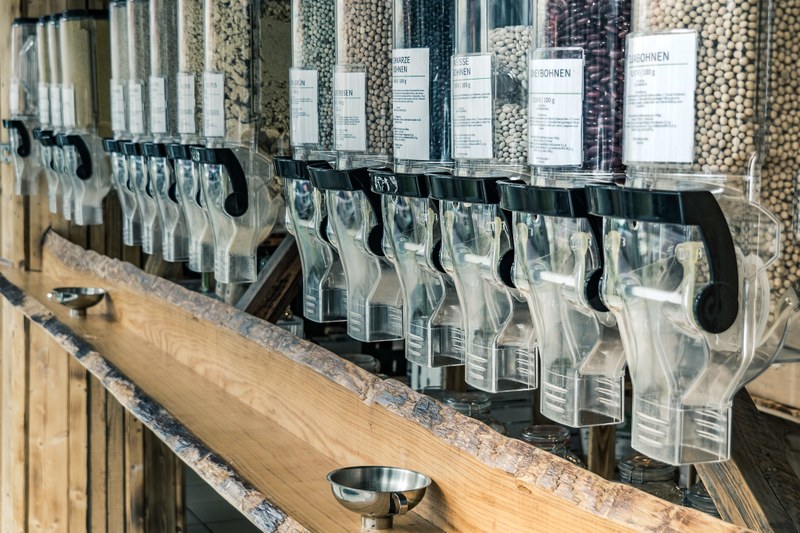Unsustainable consumption in Europe and beyond is one of the main drivers of climate change, biodiversity loss and pollution. According to two European Environment Agency (EEA) briefings, published today, efficiency gains in production have reduced some environmental impacts but alone they are unlikely to bring Europe’s consumption to a sustainable level. Deeper transformation of consumption patterns will be needed.
EEA briefings ‘Environment and climate pressures from household consumption in Europe’ and ‘Conditions and pathways for sustainable and circular consumption in Europe’ analyse developments in Europe’s consumption volumes and look into opportunities for making household consumption more circular and sustainable.
Household consumption
The EEA analysis shows that most environmental pressures from household consumption in Europe have not changed significantly from 2000 to 2019: greenhouse gas emissions and air pollutant emissions decreased but the use of land, materials and water increased or remained relatively stable. In the same period, household consumption in the EU increased by 26%, with about three quarters of the expenditure going to food, housing and services.
The EEA briefing highlights that Europe’s current consumption trends are not sustainable as efficiency gains in the production value chain do not appear to be enough to compensate for the increasing consumption levels in the long run. Moreover, many ecosystems are already under pressure beyond their regeneration capacity.
Sustainable and circular consumption
According to the EEA briefing on conditions and pathways for sustainable and circular consumption in Europe, moving towards a more circular economy in Europe, with more reuse, less waste and more consideration for biodiversity, can considerably reduce negative impacts of our consumption. This requires strong policies, new business models and changes in consumption patterns.
More specifically, the EEA briefing outlines that reduced pressures and impacts can be achieved by shifting consumption to products and services that use less materials or renewable and recycled resources; by consuming less through, for example, longer product lifespans or sharing models that can reduce the demand for new products; and by scaling up circular product design that enables longer use and easier repairs, reuse and recycling.
The EEA briefings are underpinned by a more detailed report by the EEA’s European Topic Centre on Circular Economy and Resource Use (ETC/CE).














